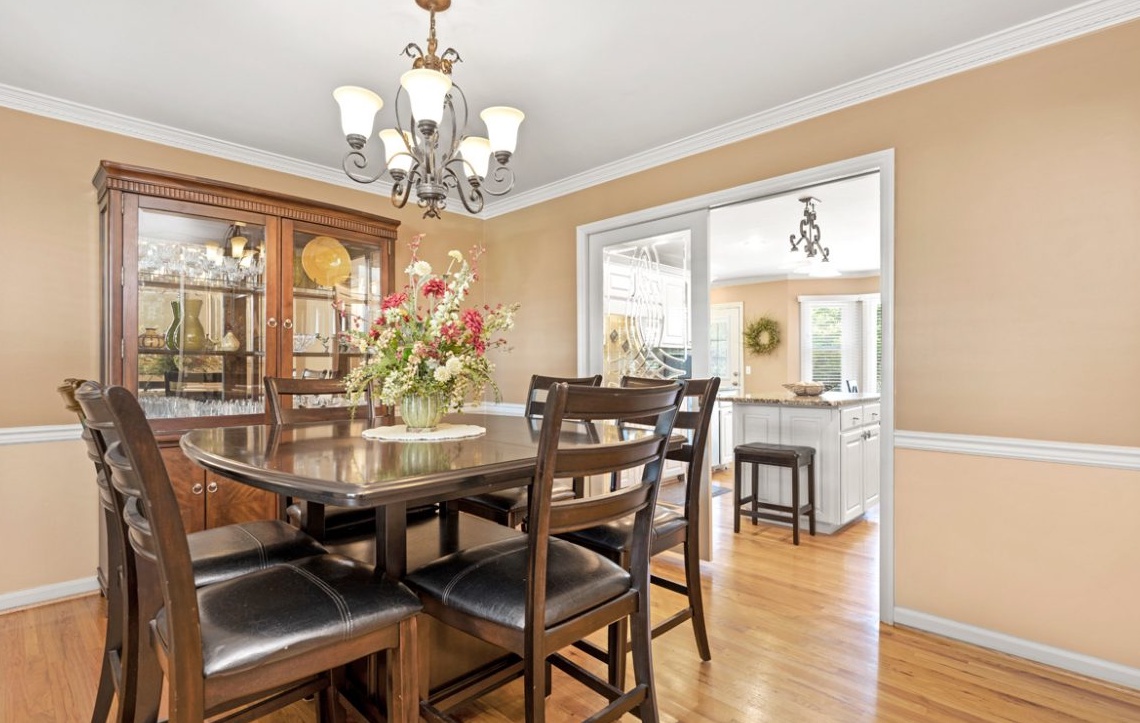In the highly competitive world of real estate, first impressions matter. With potential buyers increasingly turning to online platforms to browse listings, it has become crucial for real estate agents and homeowners to present their properties in the best light. This is where the art of real estate photography comes into play. In this blog post, we will explore the importance of high-quality real estate photography, discuss essential techniques for capturing stunning images, and provide tips to maximize the visual impact of your property listings.
The Power of Visual Appeal:
In the digital age, where attention spans are short and choices are abundant, captivating visuals are key to attracting potential buyers. Real estate photography has the power to evoke emotions, highlight unique features, and showcase the full potential of a property. By investing in professional-grade photography, you can make a lasting impression and increase the chances of a successful sale.
Essential Equipment for Real Estate Photography:
To capture the essence of a property, it's important to have the right tools. While professional photographers often have an array of high-end equipment, you can achieve impressive results with some essential gear. These include a DSLR or mirrorless camera, a wide-angle lens, a sturdy tripod, and external lighting equipment. Additionally, using a wide-angle lens helps capture the spaciousness and depth of each room, giving potential buyers a realistic sense of the property.
Composition and Lighting:
Composition plays a vital role in real estate photography. When framing shots, it's crucial to emphasize the property's best features while maintaining a sense of balance and symmetry. Consider using leading lines, such as staircases or hallways, to guide the viewer's eye towards key focal points. Furthermore, optimal lighting is essential for creating inviting and appealing photographs. Natural light is often preferred, as it can bring out the warmth and character of a space. However, in situations with insufficient lighting, using external flashes or diffusers can help achieve a more balanced and visually pleasing result.
Staging and Preparation:
Before capturing the perfect shot, it's important to prepare the property for photography. Start by decluttering and removing personal items to create a clean and neutral environment that potential buyers can envision themselves in. Pay attention to small details like making beds, fluffing pillows, and arranging furniture to create an inviting atmosphere. By staging the property effectively, you can enhance its visual appeal and make it more marketable.
Post-Processing and Editing:
While capturing great shots is crucial, post-processing and editing are equally important steps in the real estate photography process. Software such as Adobe Lightroom or Photoshop can help enhance the quality of the images by adjusting brightness, contrast, and color balance. However, it's essential to maintain a realistic representation of the property and avoid excessive editing that could mislead potential buyers.
Showcasing Different Areas:
To provide a comprehensive view of the property, it's important to capture a variety of shots, showcasing different rooms, angles, and perspectives. Highlight the unique selling points of each space, such as beautiful architecture, stunning views, or luxurious amenities. Additionally, consider capturing outdoor areas, such as gardens or pools, to showcase the full potential of the property's exterior.
Building Relationships and Collaborating:
Real estate photography is a collaborative effort between photographers, real estate agents, and homeowners. Building strong relationships and open communication with agents and homeowners can lead to a better understanding of their expectations and desired outcomes. By working together, you can capture images that align with their vision and effectively market the property.
To further enhance your real estate photography, here are a few additional tips:
Time your shots strategically: Consider the time of day when photographing a property. Natural lighting differs throughout the day, and certain times may highlight the property's best features. Experiment with different times, such as early morning or sunset, to capture warm and inviting shots.
Utilize different angles and perspectives: Don't limit yourself to standard straight-on shots. Experiment with various angles and perspectives to add depth and dimension to your images. Capture unique architectural details, interesting patterns, or captivating views from windows or balconies.
Highlight key selling points: Identify the property's unique selling points and emphasize them in your photography. Whether it's a stunning kitchen, a luxurious bathroom, or a spacious backyard, focus on these features to draw the viewer's attention and generate interest.
Consider aerial photography: Aerial shots can provide a captivating view of the property and its surroundings. Using drones or hiring a professional drone photographer can help capture striking images that showcase the property's location, proximity to amenities, or beautiful landscapes.
Use virtual staging: Virtual staging is a cost-effective alternative to physical staging. If a property is vacant or needs a visual boost, virtual staging allows you to digitally furnish and decorate rooms, giving potential buyers a better sense of the property's potential.
Invest in professional post-processing: While editing software can enhance your images, consider enlisting the help of professional photo retouching services. They can help fine-tune your photos, correct colors, remove distractions, and ensure the images are visually appealing and market-ready.
Stay updated on photography trends: Keep yourself informed about the latest trends in real estate photography. Follow professional photographers and industry experts on social media, attend workshops or webinars, and constantly refine your skills to offer fresh and innovative visuals to your clients.
Remember, real estate photography is about creating a visual story that captures the essence and potential of a property. By mastering the art of real estate photography, you can effectively engage potential buyers, generate interest, and ultimately increase the chances of a successful sale. So grab your camera, apply these tips, and let your images speak for themselves in the competitive world of real estate.


No comments yet